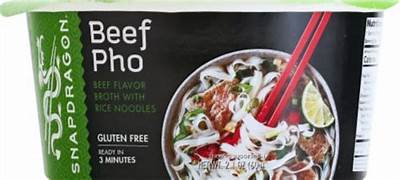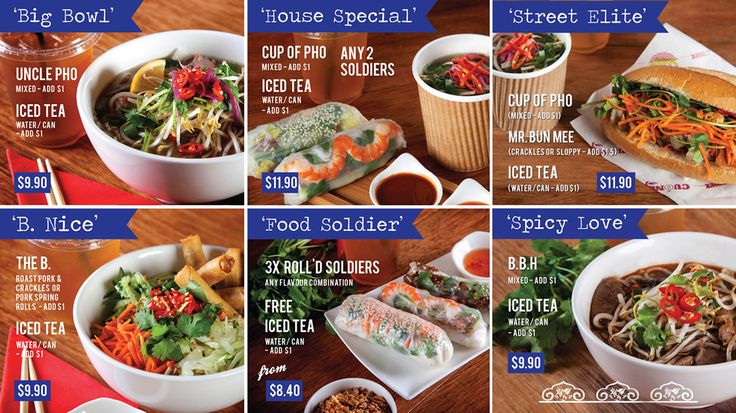Pho Calorie Counter: Understanding the Nutritional Content of a Vietnamese Classic
Pho, a traditional Vietnamese noodle soup, is beloved worldwide for its rich flavors and comforting qualities. If you're conscious of your calorie intake or following a specific diet, you may wonder about the nutritional value of this popular dish. In this article, we will delve into the pho calorie counter and explore the nutritional content of this Vietnamese classic. By understanding the calorie composition and potential health benefits, you can make informed choices when enjoying a bowl of pho while maintaining your dietary goals.

Snapdragon Vietnamese Php rice Noodle bowl
I. What is Pho?
1. Exploring Pho: Discover the origins and cultural significance of this iconic Vietnamese soup, known for its fragrant broth, rice noodles, and an array of toppings such as beef, chicken, or tofu.
2. Key Ingredients: Learn about the essential ingredients that contribute to the flavor and nutritional profile of pho, including herbs, spices, vegetables, and protein sources.
II. Calorie Composition of Pho
1. Broth and Protein: Analyze the calorie content of the pho broth, which serves as the foundation of the dish. Explore the variations in calorie counts based on the protein choice, such as beef, chicken, or vegetarian options.
2. Noodles and Toppings: Understand the calorie content of the rice noodles and the various toppings commonly added to pho, such as bean sprouts, herbs, lime, and sauces like hoisin or sriracha.
III. Nutritional Value of Pho
1. Protein Content: Discuss the protein content of pho and its significance in supporting muscle growth and repair. Highlight the benefits of consuming high-quality protein from sources like lean meats, tofu, or legumes.
2. Vitamins and Minerals: Explore the array of vitamins and minerals found in pho, including B vitamins, vitamin C, iron, and potassium. Discuss the roles these nutrients play in maintaining overall health.
3. Fiber and Carbohydrates: Examine the fiber content of pho, primarily contributed by the vegetables and noodles. Discuss the role of fiber in digestion and its potential impact on satiety.
4. Fats and Sodium: Address the presence of fats and sodium in pho, discussing the importance of moderation and potential health considerations related to these components.
IV. Making Healthier Choices
1. Broth Options: Discuss the possibility of choosing lighter broth variations, such as those with reduced sodium or vegetable-based broths.
2. Portion Control: Emphasize the importance of portion control when enjoying pho to manage calorie intake. Suggest ways to balance the meal with other nutritious components.
3. Customization and Ingredient Swaps: Encourage individuals to customize their pho by including more vegetables, opting for leaner protein choices, or adjusting spice levels according to personal preference.
4. Mindful Toppings: Discuss mindful choices for toppings, such as adding a moderate amount of bean sprouts, herbs, and lime for freshness without significantly impacting calorie intake.

Calories in beef pho
Pho not only offers a delightful and comforting dining experience but also provides essential nutrients. By understanding the pho calorie counter and nutritional value, you can enjoy this Vietnamese classic while making informed choices that align with your dietary needs. So, savor the flavors, nourish your body, and delight in the cultural experience that pho brings to the table.